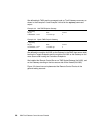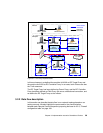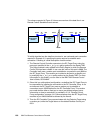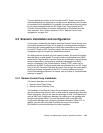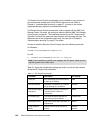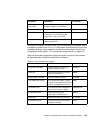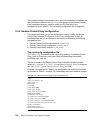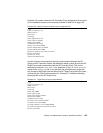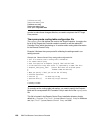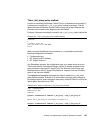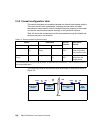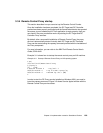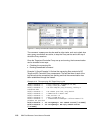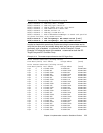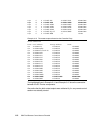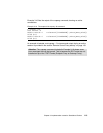
106 IBM Tivoli Remote Control Across Firewalls
[children-cm-info]
connection-mode=client
[children-cm-info]
connection-mode=client
local-port-range=4000-4001
In order to make these changes effective, we need to stop/start the RC Target
Proxy service.
The rcproxy.route routing table configuration file
The rcproxy.route file defines the route to the Target Endpoints. It contains the
list of all the Targets the Controller needs to connect to and the related RC
Controller Proxy which they belong to. It contains static routing table information
for the Remote Control Proxy.
Example 3-8 shows the rcproxy.route file reflecting the settings used in our
testing scenario:
Example 3-8 Remote Control Proxy routing table configuration file
# This file contains static routing table information
# for remote control proxy
# Each line specifies an Endpoint (Target) label and the label
# of the Controller Proxy that serves it, separated by a comma like this:
# Endpoint_label,proxy_label (ensure that there are no blank spaces
# between comma and entries)
#
# When you specify a label you can use the following
# wildcard characters:
# asterisk (*) to match any string
# question mark (?) to match any single character
#
tic01005,tic01005
tic01007,tic01005
To correctly set the routing table information, you need to specify the Endpoint
label and its correspondent RC Controller Proxy in each line of the
rcproxy.route
file.
This file is located in the Remote Control Proxy installation directory that by
default is c:\Program File\Tivoli Systems\Remote Control Proxy on Windows
and /opt/Tivoli Systems/Remote Control Proxy on UNIX.



